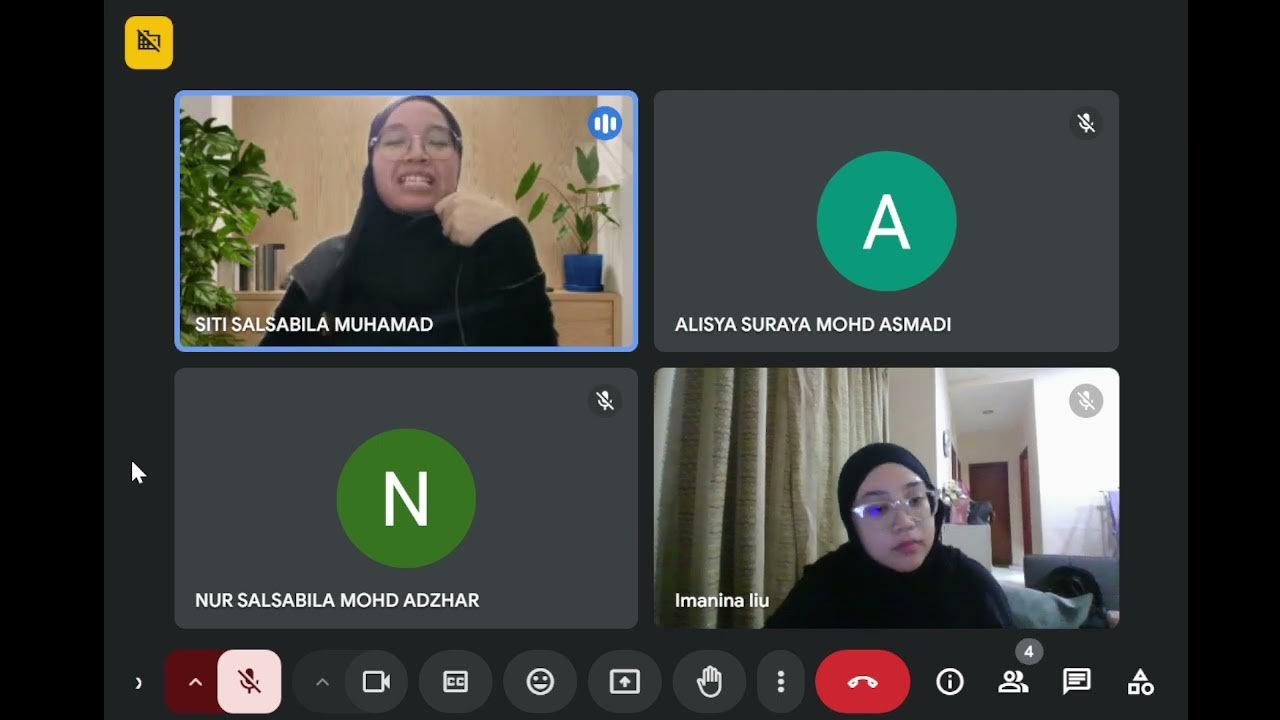Progressive Discipline
Summary
TLDRThe video discusses the importance of implementing progressive discipline in the workplace to address employee misconduct and performance issues effectively. It emphasizes the need for clear communication, private discussions, and documentation throughout the disciplinary process. Managers should differentiate between performance problems and misconduct, ensuring employees understand expectations and the consequences of their actions. The goal is to foster positive working relationships while guiding employees towards improvement, ultimately maintaining a productive and compliant work environment.
Takeaways
- 😀 Determine if the issue is a misconduct or a performance problem before addressing it.
- 😀 Ensure employees are adequately trained and understand their roles to avoid performance issues.
- 😀 Maintain privacy when delivering warnings to protect the employee's reputation.
- 😀 Communicate warnings calmly and without anger to foster a constructive dialogue.
- 😀 Document all communications, including warnings and employee feedback, for record-keeping.
- 😀 Be direct in discussing issues, making it clear what is wrong and what improvements are needed.
- 😀 Cite specific company policies or laws that have been violated during the disciplinary process.
- 😀 Consider the impact of informing the employee about the next steps in the disciplinary process.
- 😀 Follow HR guidelines when deciding on termination or other disciplinary actions.
- 😀 Maintain a focus on guiding employees towards improvement and fostering positive workplace relationships.
Q & A
What is the main goal of progressive discipline in the workplace?
-The main goal of progressive discipline is to effectively communicate the issues an employee is facing and help them improve, which leads to positive working relationships and a stronger business.
How should a manager differentiate between a misconduct problem and a performance problem?
-Managers should assess whether the issue is due to misconduct or performance by reviewing the employee's training and understanding of their role, as well as whether they had control over their performance.
Why is it important to conduct warning discussions in private?
-Conducting warning discussions in private protects the employee's privacy and reputation within the workplace.
What steps should be taken before issuing a warning to an employee?
-Before issuing a warning, managers should review evidence, ensure the employee understands the issue, and gather input from the employee regarding the situation.
What should be documented during the disciplinary process?
-Managers should document all communications, including warnings, employee responses, and any agreements made, as well as keep signed copies to show that the employee received and understood the warnings.
How should a manager approach a meeting about performance issues?
-The manager should schedule a closed-door meeting, remain firm yet approachable, address the issue directly, and clearly communicate expectations and the consequences of non-compliance.
What is the purpose of a final written warning?
-A final written warning serves to reiterate previous verbal warnings and to communicate the lack of improvement, along with outlining potential further consequences if performance does not improve.
What should a manager do before proceeding with termination?
-Before proceeding with termination, a manager should consult with HR to follow existing guidelines and ensure all necessary documentation is in order, including previous disciplinary records.
What is the role of employee input during the disciplinary process?
-Employee input is crucial as it provides insight into the employee's perspective and can be an essential part of the investigation, helping to ensure fairness.
What should be included in the termination letter?
-The termination letter should include the reasons for termination, a record of previous disciplinary warnings, and detailed explanations of the actions leading to the termination.
Outlines

このセクションは有料ユーザー限定です。 アクセスするには、アップグレードをお願いします。
今すぐアップグレードMindmap

このセクションは有料ユーザー限定です。 アクセスするには、アップグレードをお願いします。
今すぐアップグレードKeywords

このセクションは有料ユーザー限定です。 アクセスするには、アップグレードをお願いします。
今すぐアップグレードHighlights

このセクションは有料ユーザー限定です。 アクセスするには、アップグレードをお願いします。
今すぐアップグレードTranscripts

このセクションは有料ユーザー限定です。 アクセスするには、アップグレードをお願いします。
今すぐアップグレード5.0 / 5 (0 votes)






